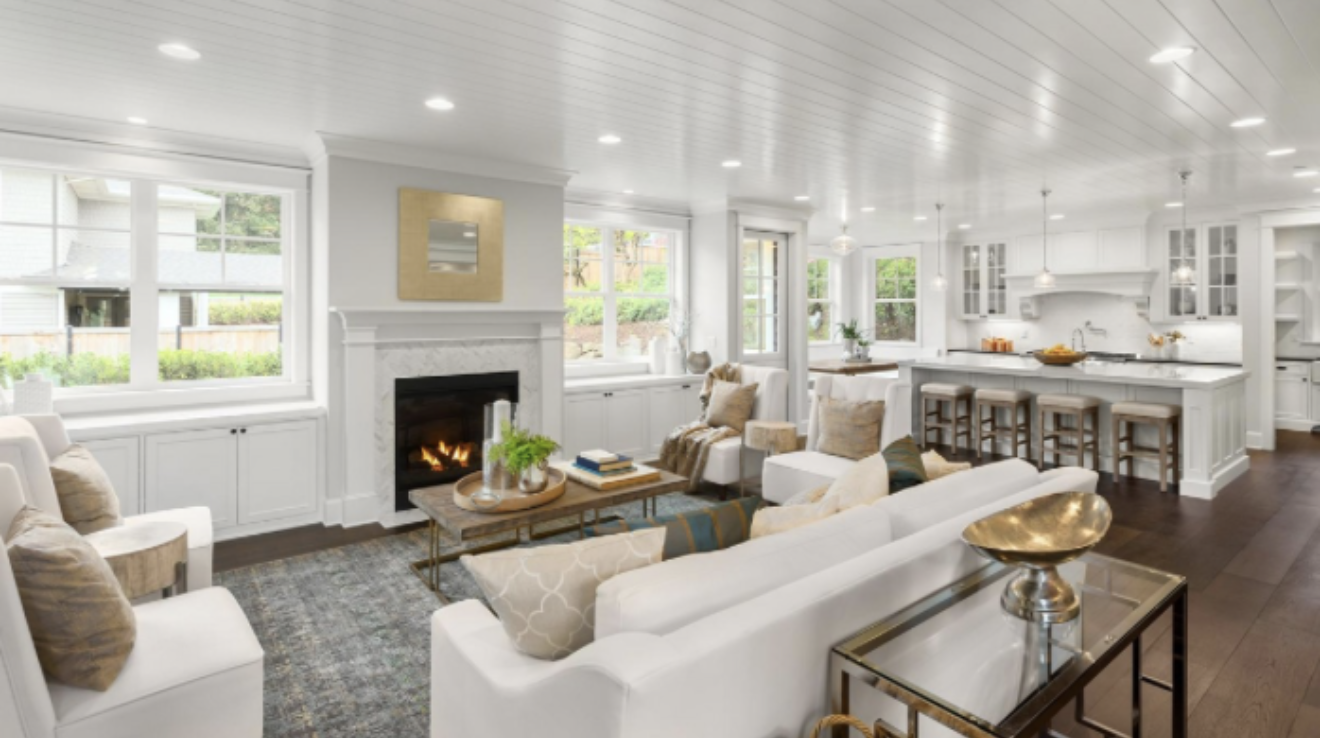As we approach the 6 month mark of this global pandemic, most of us have had to re-think and re-define our home environments. Our homes not only provide shelter, comfort and sanctuary, but have become makeshift workplaces, schools and gyms. And we’re spending more time in them than ever before!
People often choose to buy or rent their particular home because of its location-access to good schools, easy commute to work by car or public transport, access to quality facilities, etc. For most of us, our homes are the largest asset we own and we hope that when it comes time to sell we will be profitable.
But, with fewer people now commuting and more people working from home, where people choose to live and how they want their houses to function may change after this prolonged period of lockdown.
People may want to escape city life and move to the suburbs or even the exurbs, with many longing for more space and a return to nature.
Open Plan Living Challenges
For many families, this period of time where there is so much family togetherness is only serving to highlight the fact that it’s increasingly difficult to find any personal space. We have all seen or may be living in an open-plan home with the great rooms and multi-functional spaces (kitchen, dining and living). These open plan areas used to be predicated on the fact that during the day parents who worked from home would occupy specific spaces and then at the end of the day and evening the family would come together to socialize, do homework, eat, etc.
Now, however, families are finding that they are all home, all day, occupying the same space(s) simultaneously. It’s great to be able to supervise children with their school work (and now millions of parents have become the teachers), but these large, open spaces present challenges. What if the parent needs a quiet corner to hold on-line calls, Zoom meetings, etc.? And what about the student that needs to be alone and not distracted by others and extraneous stimulation?
Changing Housing Priorities
Working from home has caused people to shift what they perceive as the priorities in the home. Depending on the season, heating and AC are used more often to maintain a comfortable working environment. Working from home will now invite comparisons in environmental comfort that once was the focus in our offices. Indoor air quality, noise pollution and visual comfort are all factors that will need to be considered and adjusted. Research shows that children work and study better in spaces away from the communal areas of the home. So, now parents will be encouraged to optimize their homes for study.
Natural Light
Most of us are preoccupied with our health; recovering from Covid, fear of getting it, trying to avoid getting it. Our homes are becoming gyms and wellness centers with a renewed or new focus on healthy eating, exercising and the impact our homes have on our well-being. This could lead to reduced reliance on electrical lighting and a greater demand for bringing the ‘outside’ in.
With food shortages in stores during the beginning of the pandemic and the bulk shopping we still see, people are showing an increased interest in growing their own food, cooking more from home and producing their own energy at home through the use of solar panels or other renewables.
There may be increased demands for new housing designs that address the new realities of a pandemic and post-pandemic world. These include working from home, increased phases of remote schooling, as well as a focus on a healthier, more self-sufficient lifestyle.
The experiences and lessons learned from this period in time will no doubt have a lasting effect on all of us. People will be rethinking the kind of life they want to live, as well as the type of lifestyle they need in the post-pandemic era, along with the role their homes will play.

leave a comment